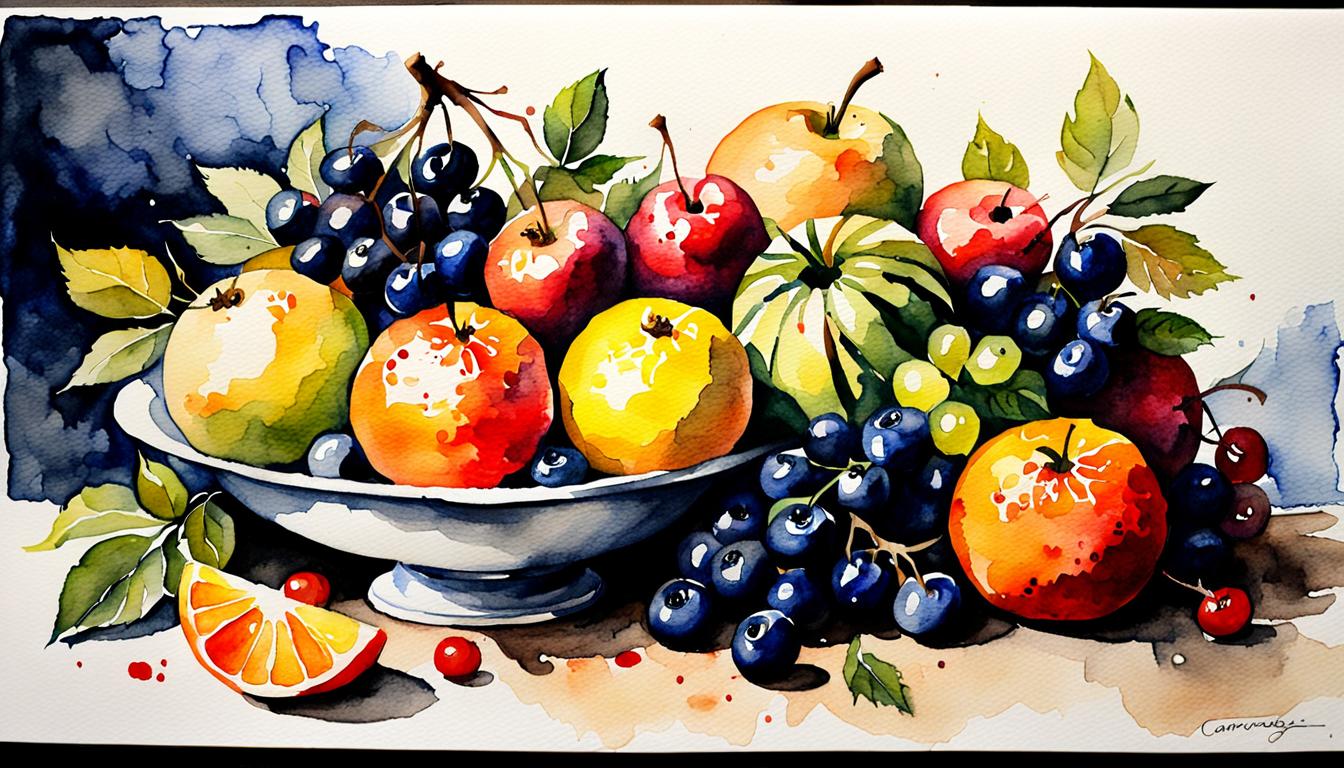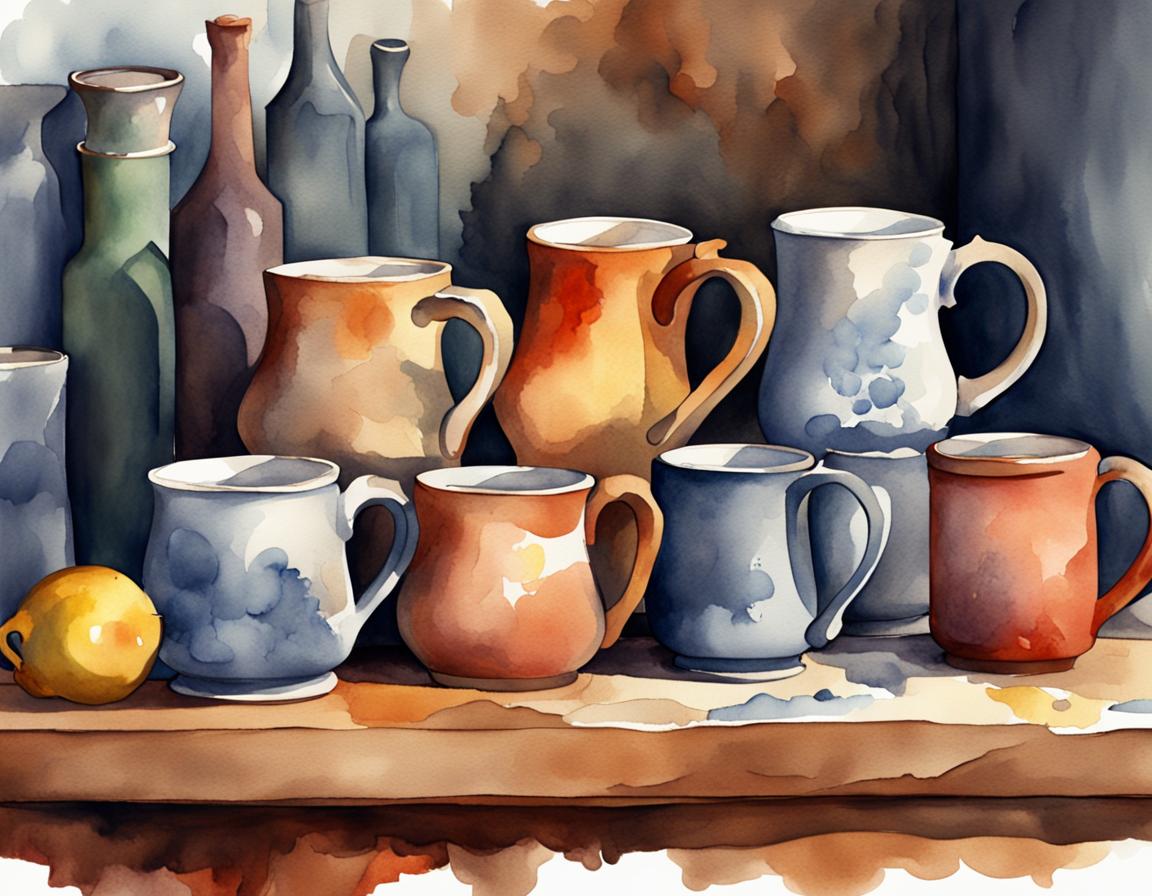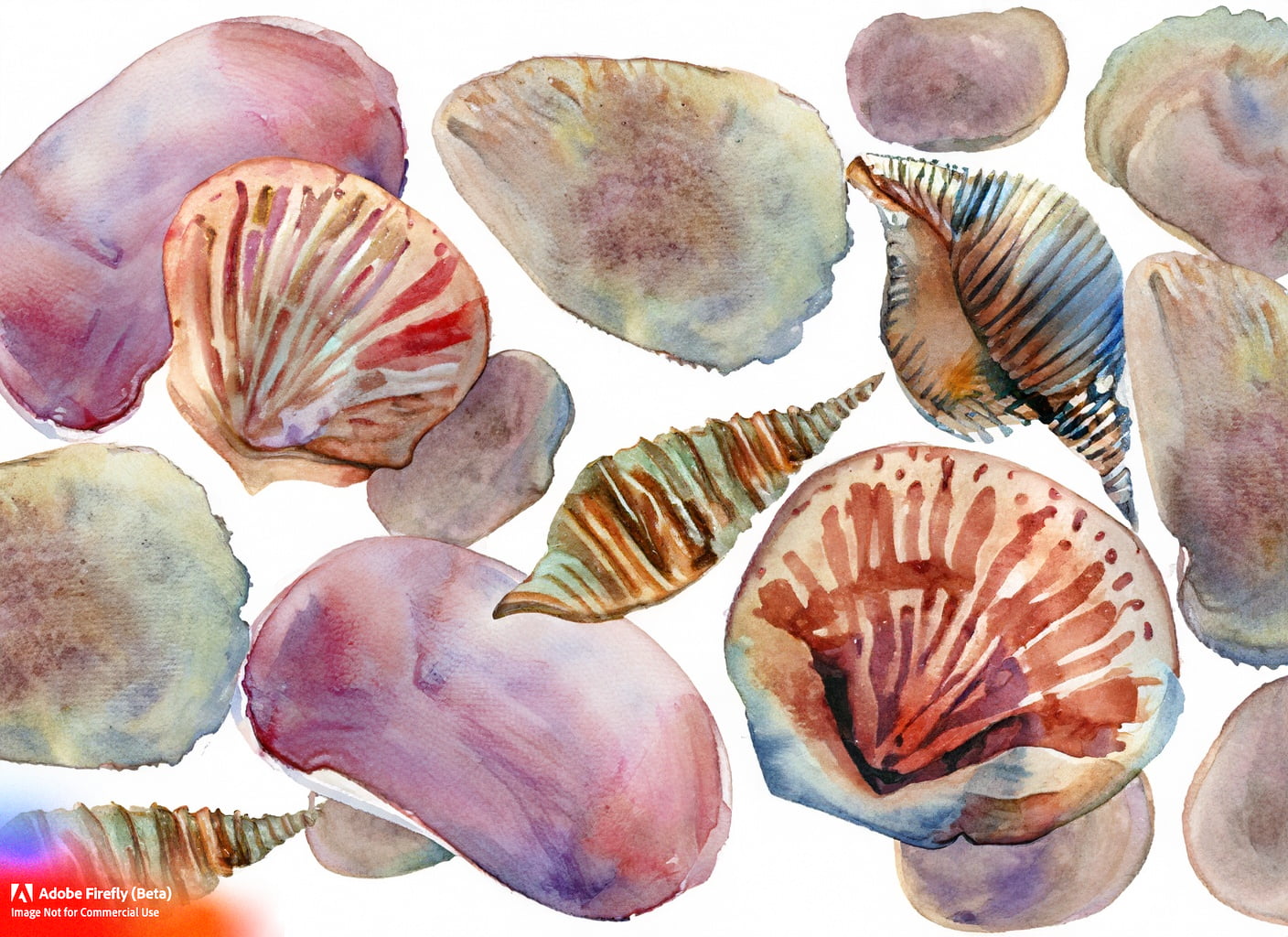Watercolor still life painting can be a relaxing and rewarding art form for beginners to explore. In this guide, we’ll discuss some tips and techniques for capturing lovely still life arrangements using watercolors.
Choosing Your Subject Matter
When first starting out with watercolor still life paintings, it’s best to choose subject matter that won’t be too challenging. Some easy options to consider include flowers, fruits, vegetables, or small household objects. Grouping 3-5 simple items together makes an attractive still-life composition. Make sure to include items with interesting textures, colors, and shapes for vibrant paintings.
When starting out, select subjects that are low in detail but high in color and texture. Some approachable options include:
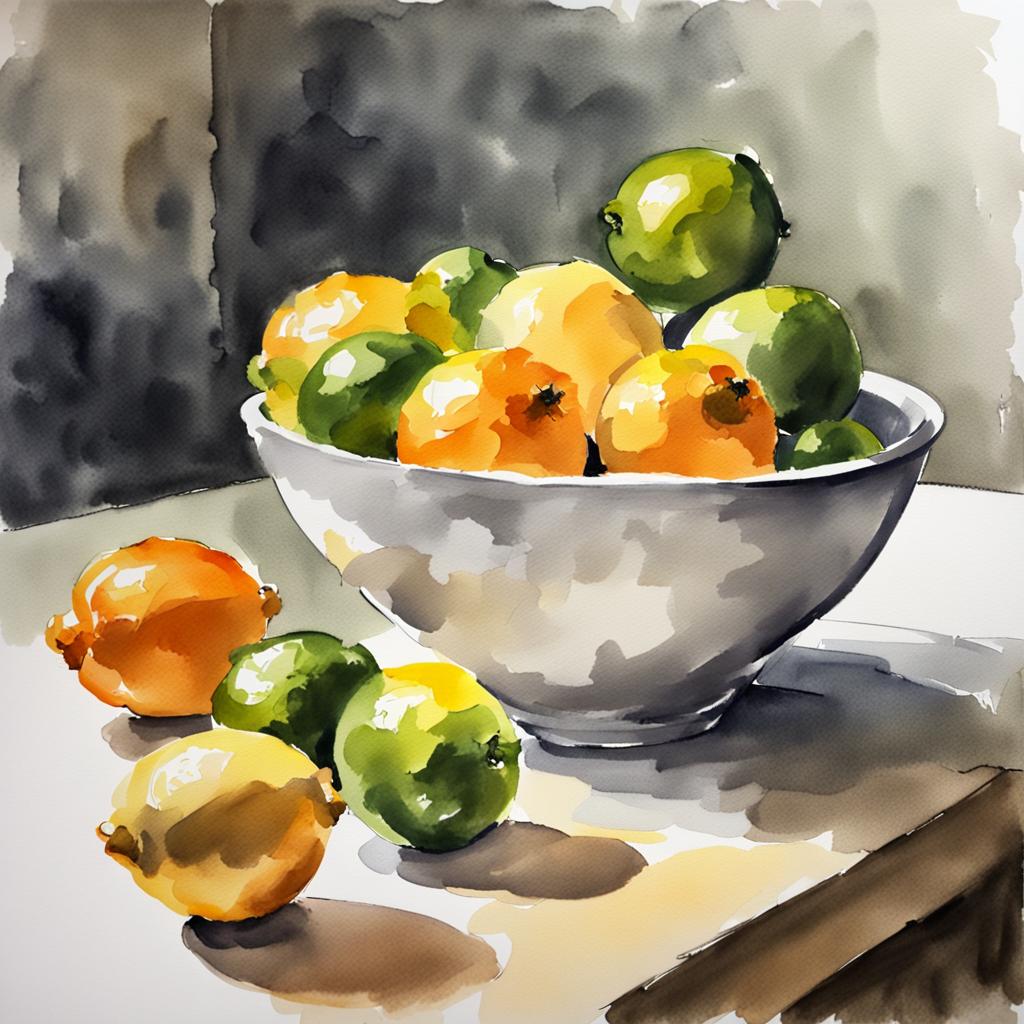
- Flowers like roses, tulips and daisies, provide splashes of vibrant pigment. Their soft organic shapes are satisfying to render.
- Citrus fruits like lemons, limes and oranges pop against the white of the paper. Their bumpy peels create visual interest.
- Vegetables such as potatoes, carrots and onions pose an intermediate challenge with their three-dimensional forms. Shadows lend depictions of veggies a sense of realism.
| Subject | Difficulty Level | Benefits |
|---|---|---|
| Flowers | Easy | Bring color and movement |
| Fruits | Medium | Variety of colors and textures |
| Vegetables | Hard | Interesting bumpy textures |
| Household objects | Easy | Fun exploration of forms |
As a beginner, focus on low-detail subjects until you’ve practised watercolor techniques. Flowers are excellent for capturing Color and soft blurry edges with watercolors.
Some key supplies to gather include watercolor paper or a watercolor journal/sketchbook, a selection of watercolors, brushes, a container of water, and your chosen still life subjects. Now you’re ready to begin!
“The secret to watercolor is learning not to be afraid of making mistakes.
Unknown
That’s how you learn and improve.”
Layering Wet-Into-Wet Techniques
One of the hallmarks of the watercolor medium is its ability to blend colors while the paint is still wet. Known as the “wet-into-wet” technique, it allows colors to seamlessly flow together on the page.
Start by laying down washes of light color across the entire painting area. Then add darker shades of color into the wet areas, watching them blossom and blend naturally. You can also lift out shapes by dabbing the brush into lighter areas. With practice, you’ll gain confidence in controlling the colors.
Controlling Values Through Washes
Values refer to the range of lights to darks in a piece. Carefully controlling values is key for rendered realism. Glazing is a technique whereby translucent layers of color are gently layered over one another to deepen shades without muddying pigments.
Begin with very dilute washes to map out shadows and establish the lightest areas. Then deepen shades slowly through successive glazes, taking care to preserve highlights with each round. Cool complementaries like blues and greens are well suited for shadow areas. With practice, subtle nuances of light will emerge.
Capturing Texture With Strokes
The varied textures found in natural subjects like flowers, fruits, and vegetables are what make watercolor still life arrangements so compelling. Experiment with different brush strokes depending on the textures you want to portray:
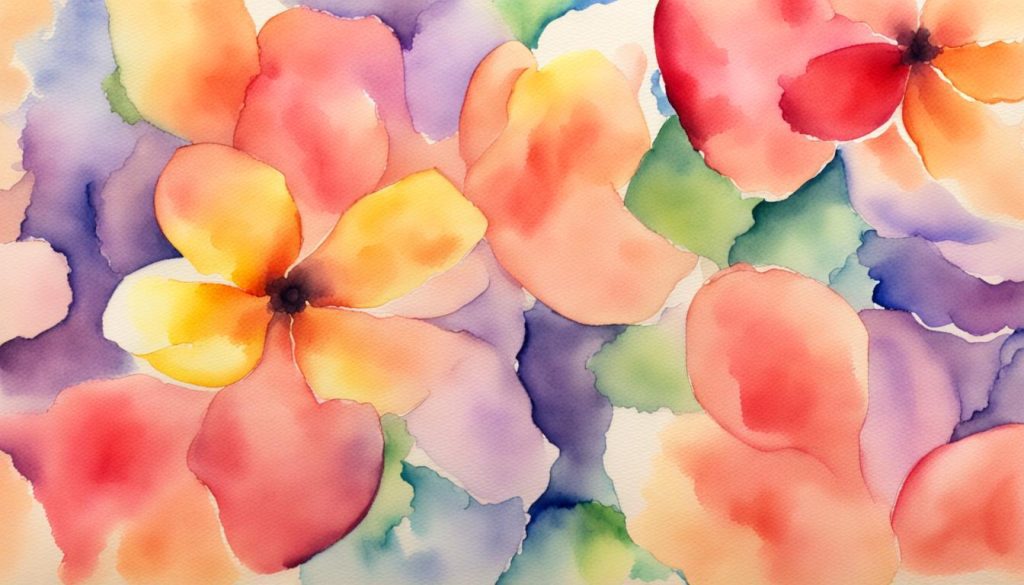
- Soft, rounded petals: Use the side of the brush for blurred edges.
- Bumpy surfaces: Tap the brush for dotted textures.
- Ribbed skins: Pull parallel strokes for linear markings.
- Fuzzy surfaces: Dot short radial strokes randomly.
Varying pressure and the amount of pigment loaded also create textural interest. Shadow areas can utilize dry brush for added dimension. Have fun exploring diverse stroke techniques!
Achieving Atmospheric Perspective
Adding the illusion of distance through atmospheric perspective enhances realism. Objects closer to the viewer should have stronger, brighter colors and harder edges. Things further away appear lighter, cooler in hue, and blurrier.
Experiment with glazing lighter washes of color over darker tones in the distance. The gradual transition draws the eye beautifully. You can also leave more of the white paper showing through in the backdrop. These techniques help objects recede convincingly into space.
Finishing Touches for Watercolor Still Life Painting
Use a fan brush or tissue to gently lift out any hard lines or edges you may have accidentally formed while the paint was drying. Then enhance your painting with subtle splatter or flick techniques for added visual interest. A final wash or two can pull everything together harmoniously.
Sign and date your finished watercolor still life painting proudly! With practice applying the techniques discussed, you’ll be on your way to creating lovely pieces featuring your favorite subjects. Keep exploring this relaxing medium – the possibilities are endless.
Some Famous Still Lifes
- “Still Life with Green Melon” by Paul Cézanne: Cézanne was a French artist and Post-Impressionist painter whose work laid the foundations of the transition from the 19th-century conception of artistic endeavour to a new and radically different world of art in the 20th century. His work demonstrates a mastery of design, color, tone, and composition (5).
- “Shwedagon after rain” by Myint Naing: Myint Naing is a famous artist in Myanmar, recognized as the king of watercolor painting in the country. His painting “Shwedagon after rain” is a beautiful depiction of a pagoda in Myanmar after a rain shower (6).
In Closing
I hope these tips have provided a helpful starting point for you to begin exploring the world of watercolor still life painting. Remember to focus on composition, values, color blending, and textures as you gain experience with the versatile watercolor medium. Most of all, enjoy the process of capturing beautiful still life arrangements featuring your chosen subjects like flowers, fruits, and more. With regular practice, your skills will steadily improve as you immerse yourself in this relaxing and meditative art form.
